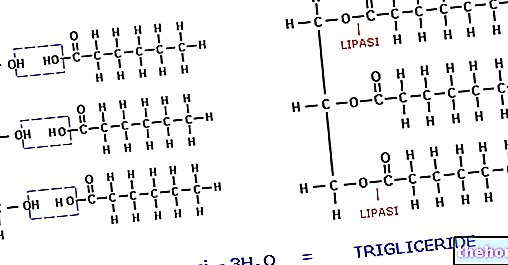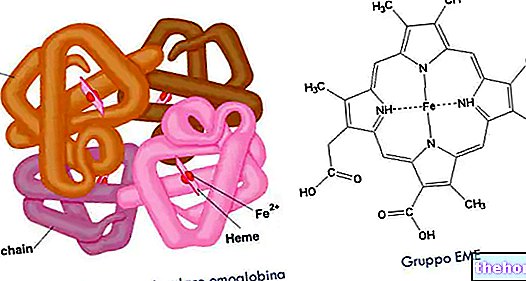Composition and functions of the synovial fluid
The synovial fluid is a limpid fluid, not very stringy and viscous, which thanks to its lubricating action protects the diarthritic joint surfaces from wear and tear.
Diarthroses are the most common joints in the human body. Also called synovial, diarthritic joints enjoy a high degree of joint mobility, allowing movement in one or more directions of space. As shown in the figure, in diarthrosis the articular surfaces are covered by a sheath of fibrous connective tissue, called the joint capsule, covered inside by the synovial membrane. Between the bony heads that form the joint, and the aforementioned joint capsule, there is a more or less large virtual space, filled with a thin film of synovial fluid, which in the knee joint, the largest in the body, does not exceed 3-4 ml This thin veil of fluid is placed to protect the cartilage structures, in addition to its precious lubricating action, the synovial fluid also has nutritional properties for the cartilage itself.

Certain components of the synovial fluid, as anticipated, are produced by specialized cells present on the synovial membrane, called synoviocytes. Some of these cells (type A) are responsible for phagocytizing any cellular or other debris, while the actual synthesis activity belongs to type B synoviocytes.
The synovial fluid is also contained inside the so-called mucous bags, small sacs interposed in the points of greatest friction between tightly attached joint structures.
Examination of the synovial fluid
Variations in the volume and composition of the synovial fluid are closely related to various joint pathologies. Consequently, by taking small samples of fluid through fine needles connected to syringes (arthrocentesis), doctors can study its composition, identifying specific cytochemical markers of joint damage (arthritis, cartilage degeneration, gout, etc.). Evaluation of the color, volume, viscosity and transparency of the synovial fluid can also provide valuable diagnostic elements.




























